Cats come in a variety of sizes and shapes, with different lengths of hair and levels of fluff, so figuring out if your cat is overweight is not always so simple. However, obesity is one of the most common yet preventable problems in cats. Even being moderately overweight can put your feline friend at increased risk for some common conditions that may reduce your cat’s quality of life and lifespan, such as:
- Diabetes mellitus
- Hepatic lipidosis – a potentially life threatening liver condition that can cause severe illness if an overweight cat stops eating.
- Degenerative joint disease / Osteoarthritis
Other conditions that could be indirectly linked to your cat being too fat include problems with the heart, bladder and skin.
HOW CAN I TELL IF MY CAT IS TOO FAT?
Body condition is used to determine if a cat has a healthy weight, is underweight or overweight. You can learn to assess this at home by following these three simple steps:
Body Shape. Stand above your kitty and look down, with a bird’s eye view. Ideally, his or her body will be hourglass-shaped, tucking in slightly behind the ribs. If your cat does not have a waist and is more round or oval shaped, he or she is likely overweight.
Feel the Ribs. Feel along your cat’s ribcage. If your kitty is a healthy weight, you should be able to feel his or her ribs easily. It is important to use your fingertips because your cat’s fur may prevent you being able to feel the ribs if you stroke your cat with the palms of your hands.
Side View. Looking at your kitty’s profile, you can also determine if he or she is overweight. Is your cat’s waist sagging? Does your cat have a tummy that swings when he or she moves? These attributes could be telling you that your kitty is overweight. Ideally, the base of your cat’s tummy should be higher than the ribcage, rather than even with it and the tummy should not hang down.
Behaviour. Overweight cats tend to be less active than their leaner counterparts. Additionally, an overweight cat might have less social interaction with humans because doing so means voluntary physical exertion.
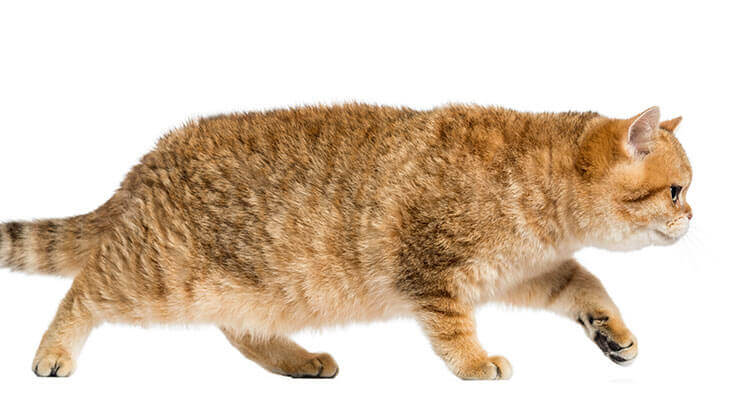
DEVELOP A PLAN
If you believe your cat is overweight, it’s a good idea to consult your vet to develop a weight loss plan. You will need to adjust meals for weight loss, using specific nutritional products, portion size and feeding frequency. It is also dangerous for cats to lose weight too quickly because this can lead to the development of a potentially fatal liver condition called hepatic lipidosis. The most ideal weight loss for your cat will be gradual, combining appropriate food and exercise. It can take up to a year to reach ideal body weight and condition.
Your vet can help you select the diet that is best for your cat and can recommend appropriate treats that won’t impair your cat’s weight loss. Cats are obligate carnivores by nature and unlike humans and dogs, they must have meat in their diet to provide specific amino acids and vitamins they need to survive. For your cat to lose weight, he or she should be on a specifically designed, balanced diet that is moderate-to-high in protein, low in fat and high in fiber. This will help your cat lose weight while maintaining lean muscle.
Once you begin a program, it’s important to be consistent with portions and meal frequency.
Experts recommend providing fresh food for adult cats once or twice a day, although cats may eat more frequently than this. If you’re unsure about the appropriate amount of food to feed your kitty, there are now app-based feeders that can help you track how often your cat eats and how much is consumed.
Your vet may recommend regular weigh-ins in order to make sure weight loss is neither too rapid nor too excessive and to determine when enough weight has been lost. You can also weigh your cat at home by using a couple of different methods. Try weighing your cat in a cat basket then compare this weight to the weight of the basket on its own. You can also step on the scale holding your cat then weigh yourself again without holding your cat. Subtract the second weight from the first and you’ll have your cat’s weight.
Once an ideal body weight and condition has been achieved, your vet can help you establish a new plan to maintain this.
Your vet plays a big role in your pet’s health. Enter your location and get a list of vets near you.
FIND A VETEXERCISE
Getting your cat to be physically active will help him or her burn calories and build muscle strength. Additionally, it’s fun for your feline and provides a great bonding activity for you and your furry friend. Some ways you can get your fur-ball moving include:
- Create an indoor obstacle course for climbing and jumping.
- Use interactive toys that simulate hunting behaviour. By dragging a toy across the ground on a string and pausing periodically, you’ll encourage your cat to stalk and pounce.
- Play fetch with your cat. It may be surprising, but many cats love to chase a ball if you throw it – especially if it has a bell in it!
- Interactive feeders, also known as food puzzles, are great for providing cats with important mental stimulation while also slowing them down while they eat. These are especially helpful for our feline friends who tend to scarf down their meals.
Implementing simple diet and lifestyle changes will help to get your beloved furry friend’s weight under control and reduce the risks around the variety of health issues he or she could be facing otherwise. It’s not too late!
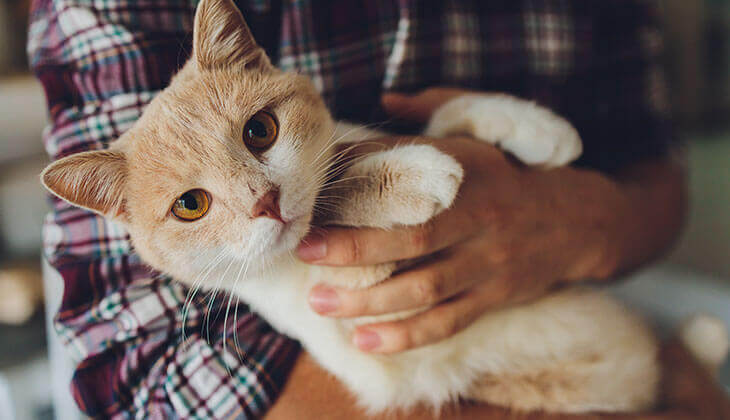


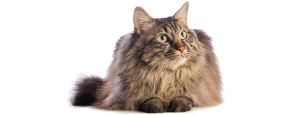

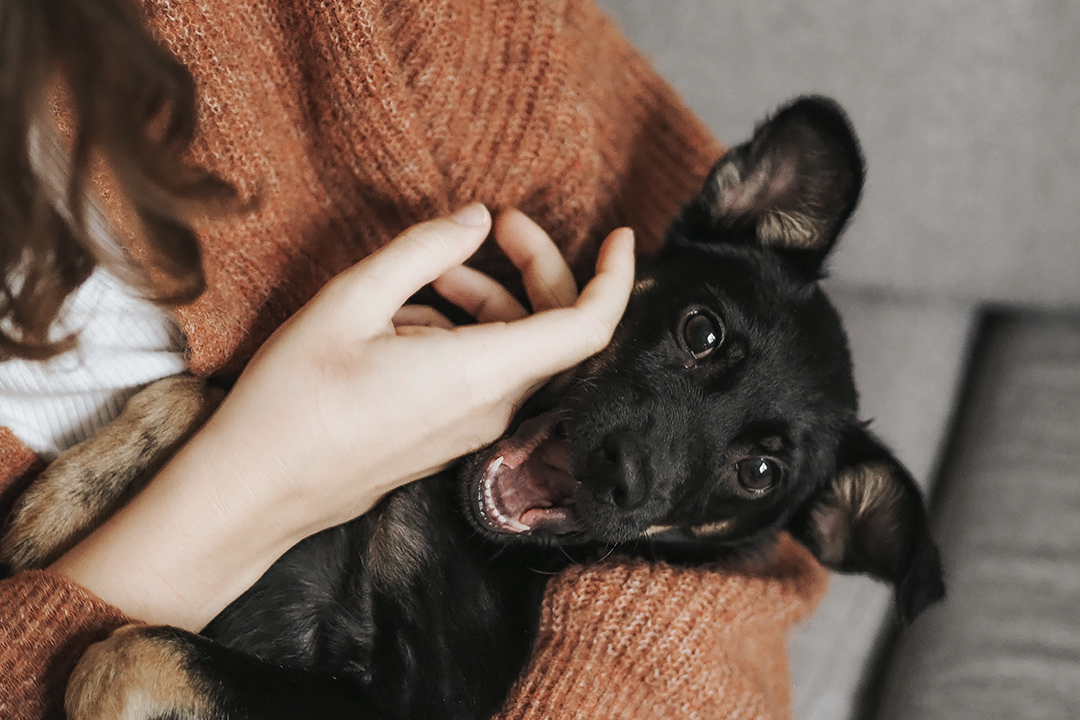

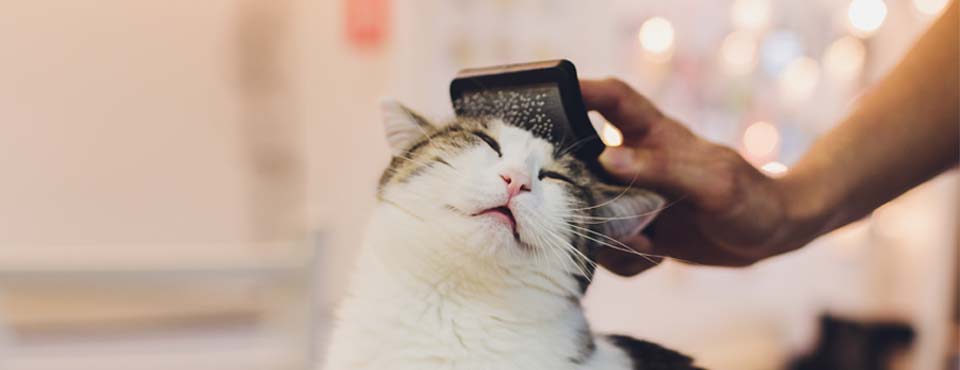

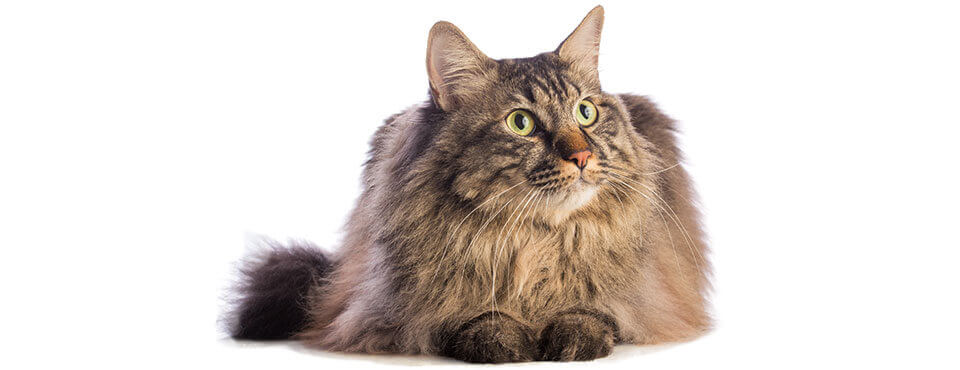
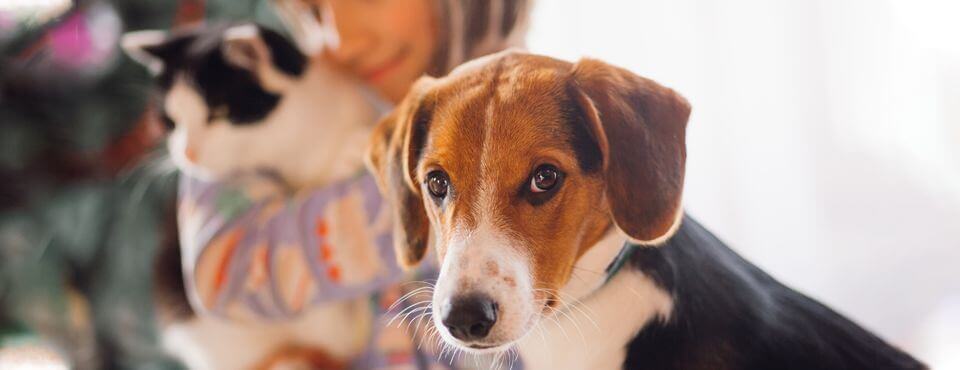
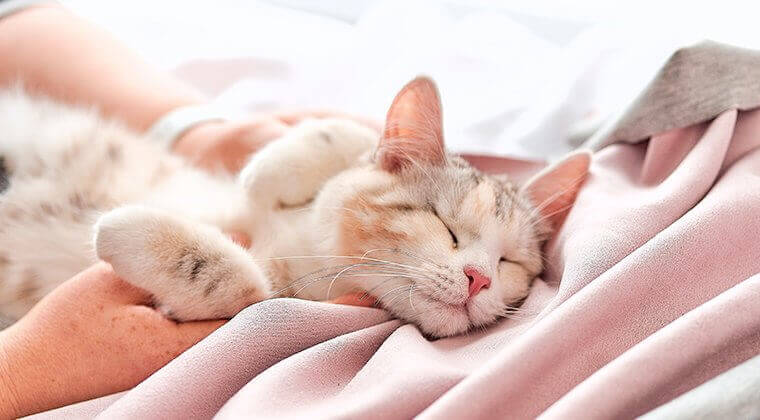
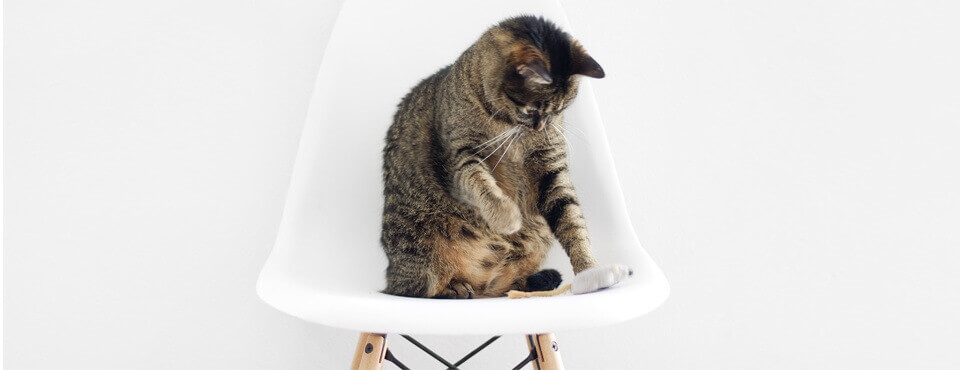

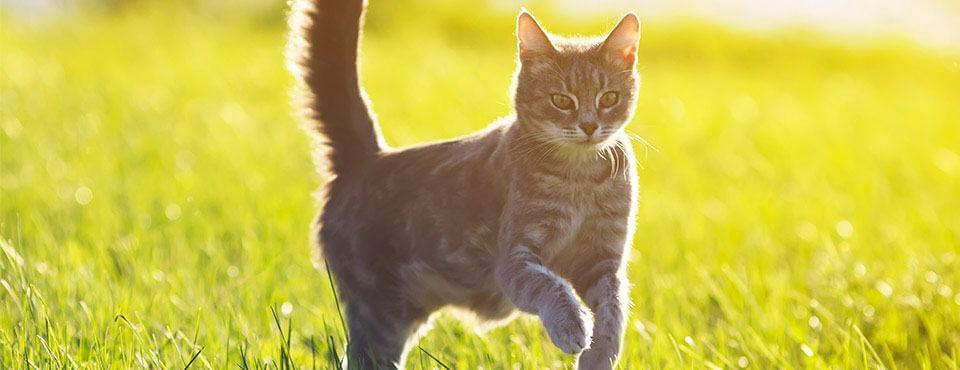

 Go To United States
Go To United States Austria
Austria Belgium
Belgium Czech Republic
Czech Republic Denmark
Denmark Europe
Europe Finland
Finland France
France Germany
Germany Greece
Greece Hungary
Hungary Ireland
Ireland Israel
Israel Italy
Italy Netherlands
Netherlands Norway
Norway Poland
Poland Portugal
Portugal Romania
Romania Slovakia
Slovakia Spain
Spain Sweden
Sweden Turkey
Turkey United Kingdom
United Kingdom